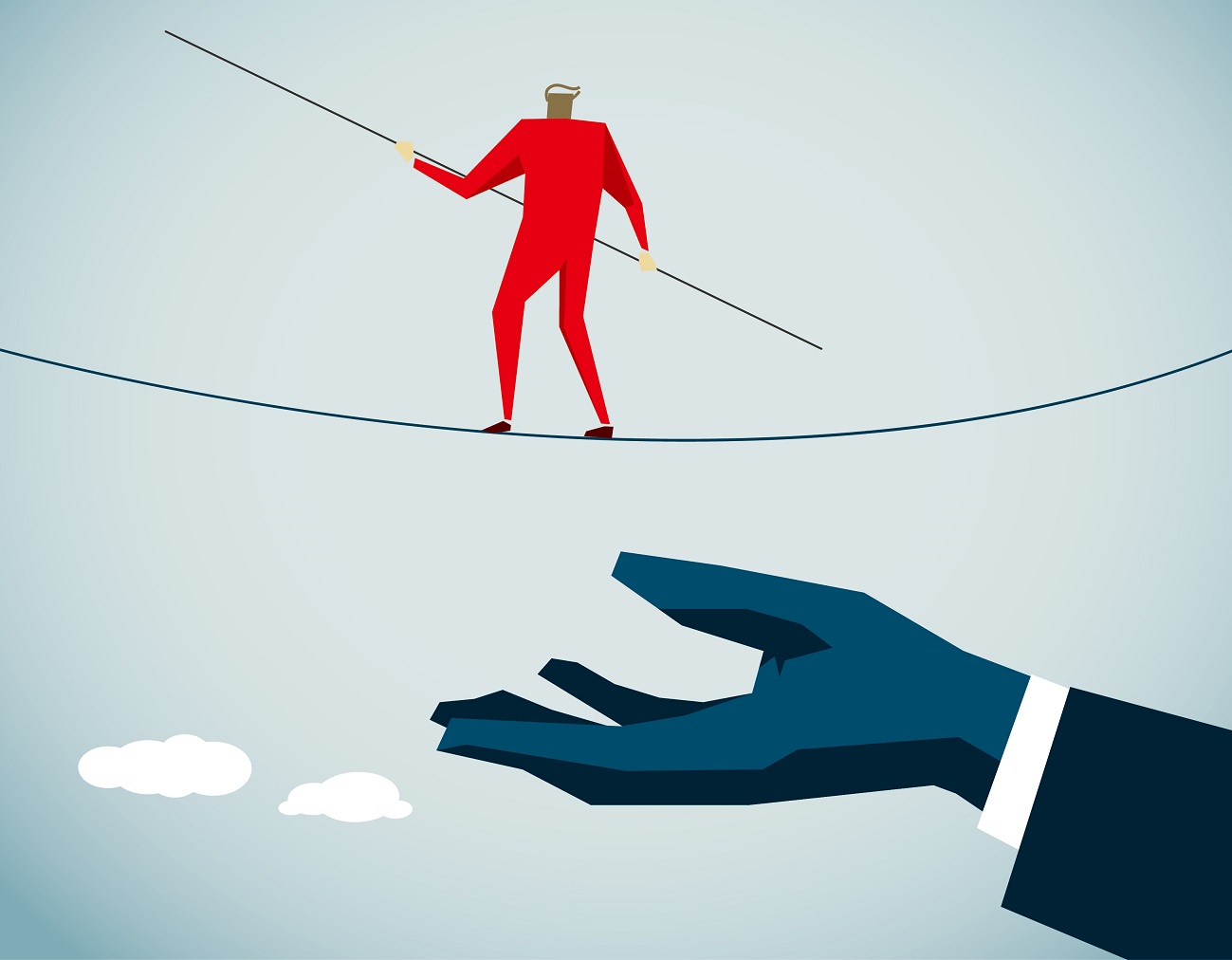Description
Psychological Safety at Work Program
Live Virtual or Face to Face Delivery
Leaders can build psychological safety by creating the right climate, mindsets, and behaviours within their teams. In our experience, those who do this best act as catalysts, empowering and enabling other leaders on the team—even those with no formal authority—to help cultivate psychological safety by role modelling and reinforcing the behaviours they expect from the rest of the team.
One of the key elements and cornerstones of psychological safety is feeling included. People all want to feel a sense of belonging. Humans crave social connection. There is research that suggests that being socially excluded is as painful as any physical pain that one feels.
Think about a time where you felt left out or where you were excluded from a group. Not much fun was it? Exclusion and not being part of something impacts on people’s mental health. It can feel shameful, embarrassing and generate lower levels of self-worth. If we want to improve mental health outcomes in the workplace then creating a safe environment where everyone feels included is vital.
It’s more than just feeling included. A psychologically safe environment enables individuals to feel safe to learn. They can dive into the discovery process, make mistakes and occasionally fail knowing that the environment is safe to do so. People are encouraged by others in their learning. It doesn’t mean that they can keep making mistakes, it just means the focus is on learning so that mistakes and failures reduce over time. Learning and growing amplifies an individual’s self-worth and increases their sense of resilience. Both lead to positive mental outcomes.
Psychological safety doesn’t just help create the best conditions for positive mental health, it also makes good business sense. High levels of psychological safety leads to greater business performance, employee engagement and innovation. Without psychological safety individuals won’t feel comfortable in challenging the status quo, nor will they look for new ways of doing things. If an individual doesn’t feel psychologically safe, then they will stay in their comfort zone rather than take calculated risks. The result is less innovation and progression.
On successful completion of the program participants will be able to understand and manage several mental health strategies that managers can implement to build a more psychologically safe environment:
-
- Encourage a learning mindset. If the team’s focus is on learning rather than judging, on encouraging rather than marginalising, this will lead to enhanced psychological safety of the team. A team with a culture of learning is comfortable with raising difficult issues, challenging the status quo and asking questions. Team members would be comfortable with feedback both from inside and outside the team. Managers can encourage questions, see failure as an opportunity to learn and run experiments and learn from them.
- Show your vulnerability. Managers that are comfortable with showing vulnerability in front of their team members are able to promote a sense of openness. Encouraging others to speak about challenges they were facing, their development areas and the struggles combining a busy work load with a busy personal life allows managers to lead by example. Creating a culture where managers display their real self can have positive flow on effects on team members as they feel that they are part of a psychologically safe environment. It allowed others to show vulnerability and increased the level of trust and safety in the team.
- Build social connection. Managers can focus on relationships within their team. When individuals feel like they belong and can connect with others they are able to do their best work. Invest time in building connected relationships. Check in with team members on how they are going. Create an environment where team members feel they can approach members in leadership. Create a space to have fun.





